A local dermatologist is sharing advice for coping with excessive sweating as temperatures look set to rise up to 26ºC in Tayside and Fife.
Sweating is completely normal and is how the body cools itself down.
But sweating can be uncomfortable, irritating and can cause embarrassment.
With the temperature set to stay high in the region over coming days, you may be sweating more than usual.
And if you already struggle with excessive sweating – a condition called hyperhidrosis – the high temperatures can become unbearable.
We spoke to Dr Susannah Fraser, consultant dermatologist with NHS Fife, to find out:
- How you can cope with sweating as we experience abnormally high temperatures
- Treatment options that may help with sweating
- How to cope during a heatwave if you already live with hyperhidrosis.
Why do we sweat?
Dr Fraser says: “The sweat glands work to cool the body down when the body temperature rises.
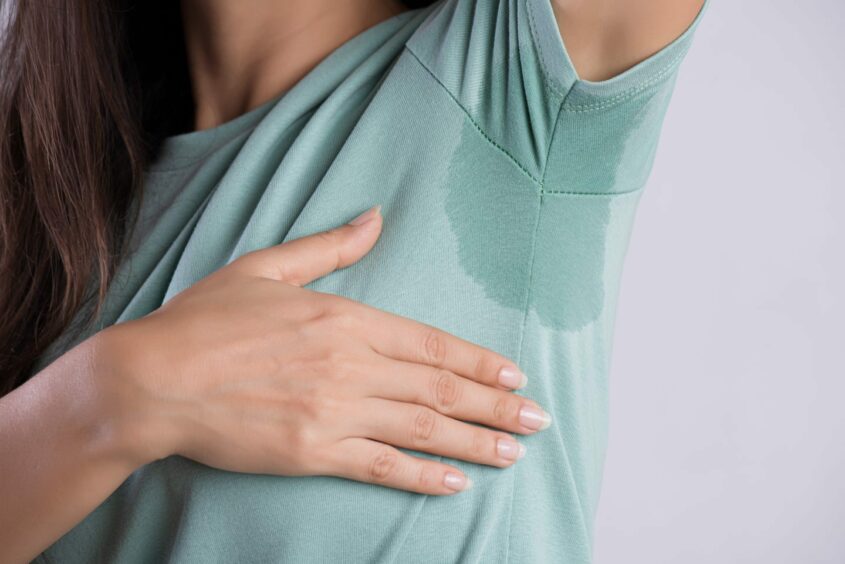
“It also assists with skin hydration and balance of fluid and electrolytes, as sweat contains chloride, calcium, magnesium and potassium as well as water.”
Why do some people sweat more than others?
“The sweat glands are usually normal, but it is commonly an exaggerated or abnormal response to the physical or emotional stimuli that triggers sweating.
“Primary hyperhidrosis tends to start in adolescence or sometimes earlier.
“Some medications such as some antidepressants, non-steroidal anti-inflammatory drugs, blood pressure medications, and treatments for diabetes can cause increased sweating. This can be referred to as secondary hyperhidrosis.
“Hormonal changes such as menopause can also cause sweating. Caffeine, alcohol and spicy foods can also sometimes trigger increased sweating.”
How can I cool down and stop sweating?
“Drink plenty of water to keep hydrated. Wear light clothing, ideally cotton.
“Use stronger over-the-counter antiperspirants, such as Perspirex or Anhydrol Forte, containing aluminium chloride.
“Use under the arms. It’s worth trying on hands and feet too, although it can be an irritant.
“Some people also use disposable axillae (armpit) pads to absorb sweat from underarms.”
Are there medications or treatments to help with sweating?
“There aren’t really any over the counter medications. But you can speak to your GP to find out more about treatment options available.
“It might be helpful to speak to a pharmacist. The website www.hyperhidrosisuk.org can also be a useful resource.
“Treatments will depend on which body site is affected. For the underarms, if stronger anti-perspirants are ineffective, topical treatments containing glycopyrrolate can be used. This may require referral to a dermatologist.
“If this doesn’t work, people can be considered for botox injections, which can give relief for around four to eight months. There will be a waiting list for this treatment.
“For hands and feet, iontophoresis machines can be purchased for around £250.
“For generalised sweating, sometimes a tablet called an anti-cholinergic can be prescribed, but not without careful consideration of possible side effects.
“Don’t be embarrassed, as the medical professional can give helpful advice, and will be used to dealing with these concerns.”


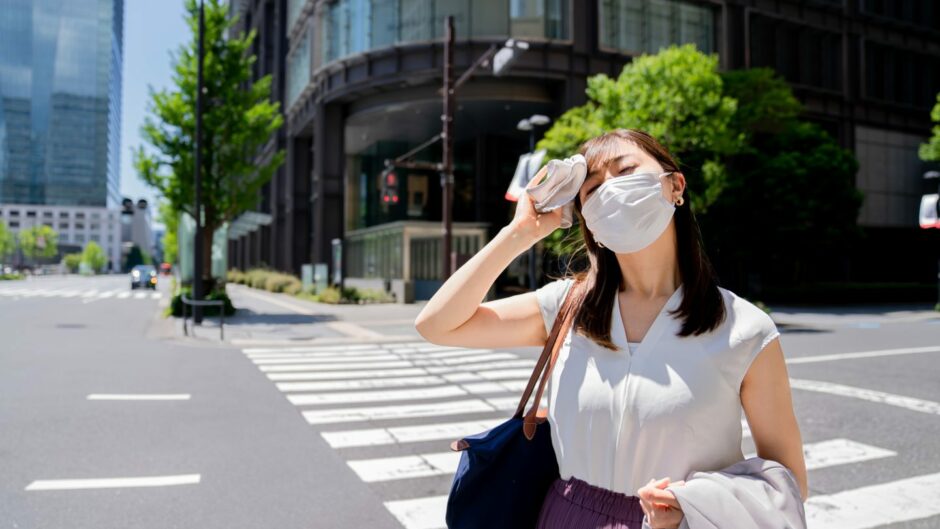
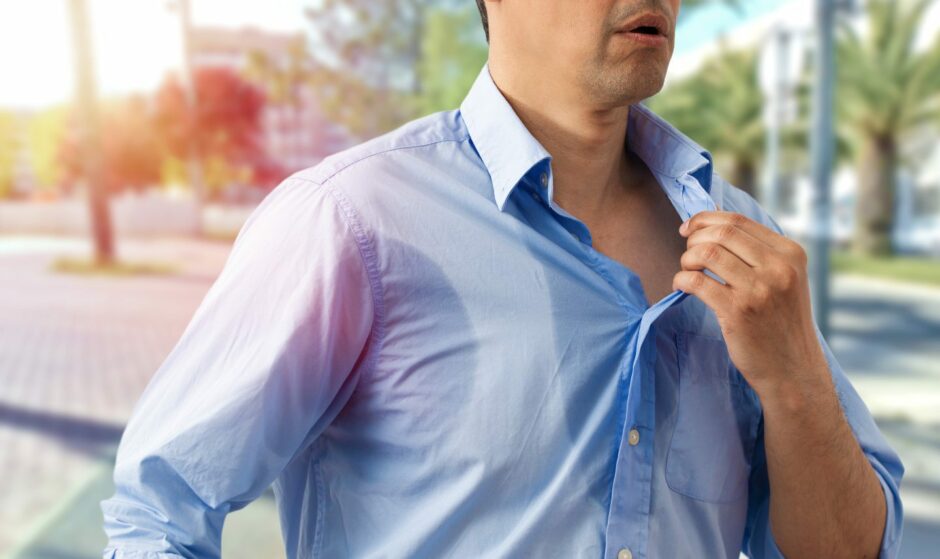
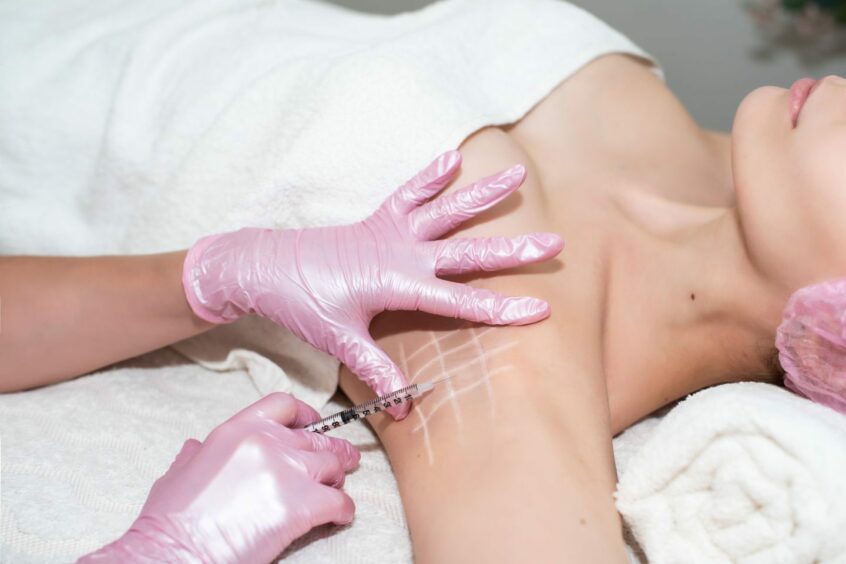

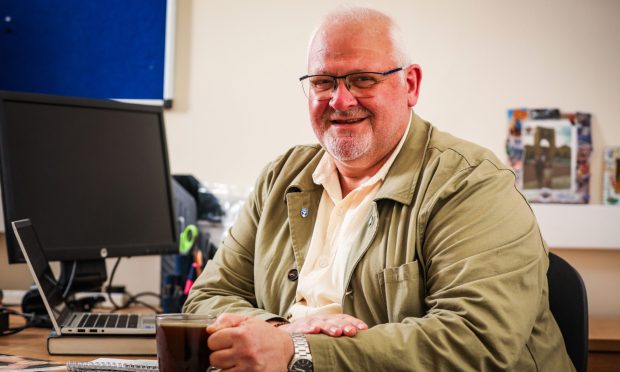
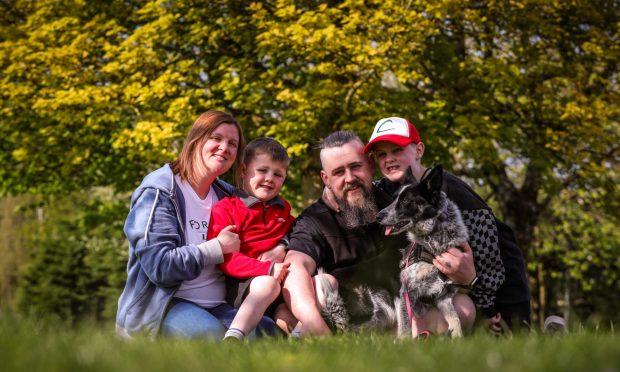

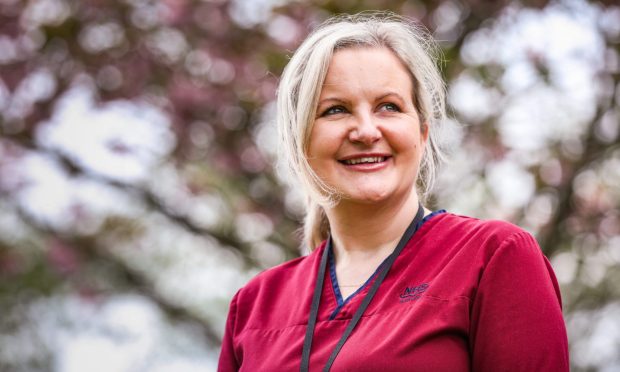
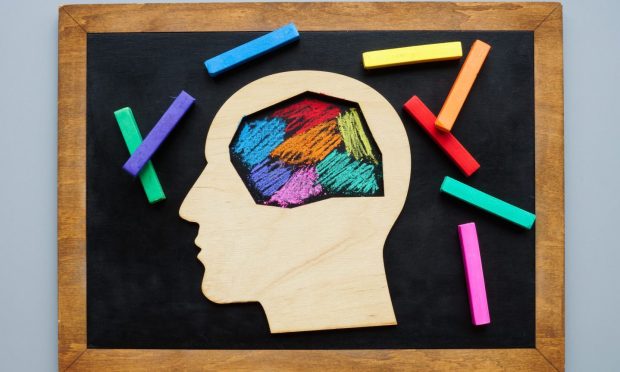

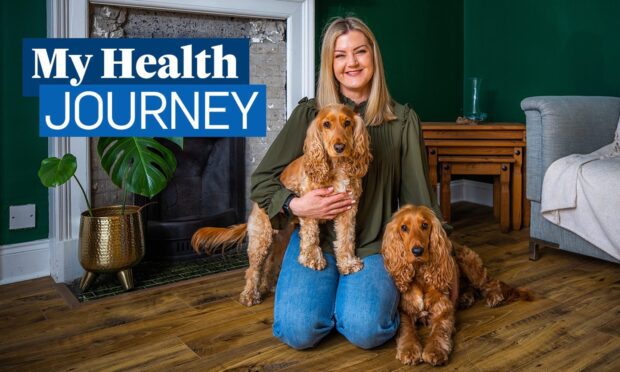


Conversation